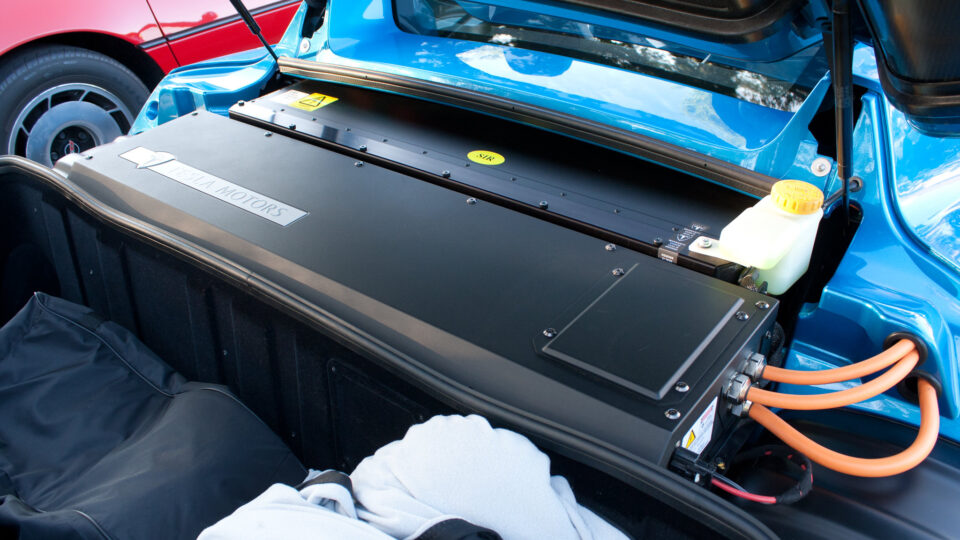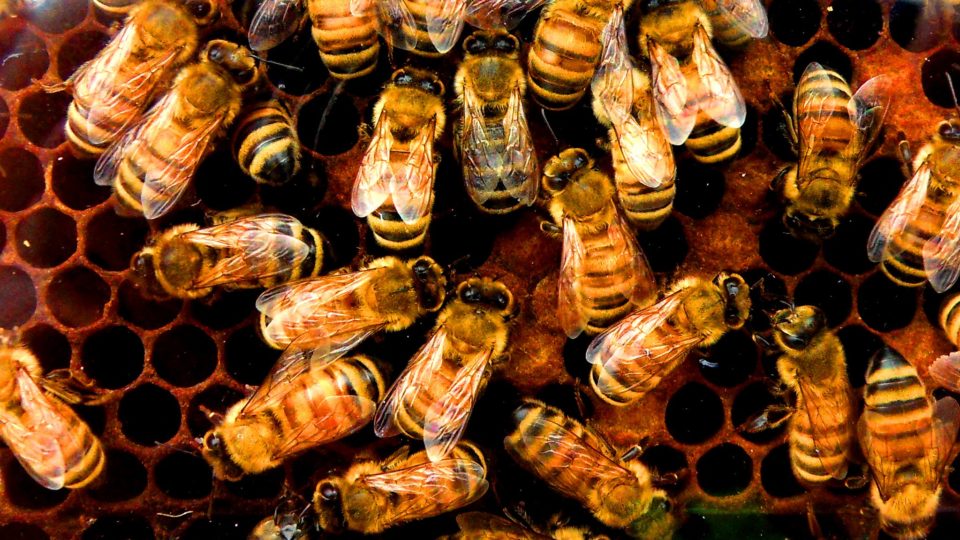Every year, millions of people around the world make resolutions to spark positive change in the new year. Popular resolutions include improving health and fitness, traveling more, spending less, and so on. With 2024 just around the corner, here are six resolution ideas to reduce our climate impact:
Shop More Sustainably. Choose eco-friendly brands and products with minimal environmental impact, including locally-produced goods and reusable items whenever possible.
Switch To Clean Energy. Purchase green power, install renewable energy systems to generate electricity, or switch to renewable resources for home and water heating and cooling needs.
Reduce Food Waste. Food waste is a significant global issue with environmental, economic, and social implications. In the U.S., an estimated 30-40% of the total food supply is never eaten. Meal plan and only shop for what you need. And freeze any leftovers.
Adopt A More Plant-Based Diet. Transition to a more plant-based diet in order to shrink the ecological footprint of food production. Resource-intensive animal-based foods like meat, dairy, and eggs are one of the chief contributors to climate change.
Reduce the Carbon Footprint of Transportation. Opt for eco-friendly transportation and energy-efficient practices in order to lower emissions. Examples include driving a battery-electric car and utilizing public transportation.
Get Involved In Conservation Advocacy. Support and engage in environmental causes, and help promote conservation and sustainable practices.
As we ring in the new year, let’s raise our glasses to a cleaner and greener 2024.
**********
Web Links
Photo, posted August 3, 2018, courtesy of Ella Olsson via Flickr.
Earth Wise is a production of WAMC Northeast Public Radio








